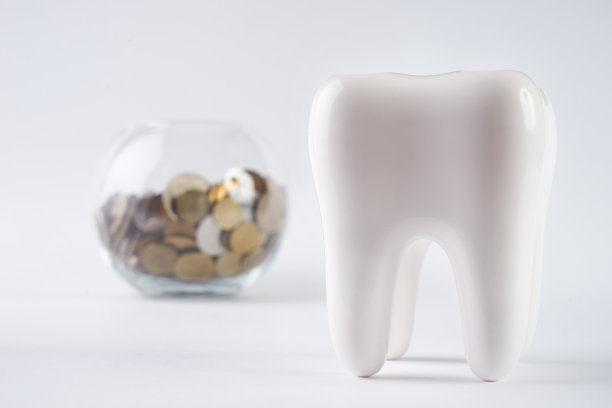Essential Guidelines and Precautions to Follow for Optimal Dental Filling Treatment and Recovery
Summary: Dental fillings are essential in treating cavities and restoring tooth structure, but following specific guidelines and precautions is crucial for optimal treatment and recovery. This article outlines the essential steps patients should take before, during, and after the filling procedure to ensure effective results and minimize discomfort. Topics include pre-treatment preparations, understanding the dental filling process, post-treatment care, and how to recognize complications. By adhering to these guidelines, patients can significantly enhance their dental filling experience and promote successful recovery.
1. Pre-Treatment Preparations for Patients

Before undergoing a dental filling procedure, it is vital to consult with your dentist regarding any health concerns and medications. Informing your dentist about your medical history helps them determine the safest and most effective treatment options. Patients should be transparent about any allergies or reactions to anesthesia or dental materials.
Additionally, maintaining good oral hygiene prior to the appointment is imperative. Brushing and flossing your teeth will help reduce bacteria, decreasing the risk of infection during and after the procedure. Furthermore, scheduling the filling appointment at a time when you can rest afterward can help ensure a smoother recovery.
Lastly, consider having a light meal before the appointment. Although the filling process is generally quick, having some nourishment can help keep you comfortable until you finish your procedure, especially if the anesthesia may affect your ability to eat or drink immediately afterward.
2. Understanding the Dental Filling Procedure
The dental filling process typically involves several steps, beginning with the administration of local anesthesia to numb the treatment area. This ensures that you remain comfortable throughout the procedure. It is essential to communicate with your dentist about any anxiety or discomfort, as they can offer methods to help you relax.
Next, your dentist will remove the decayed portion of the tooth using dental tools. This step is crucial for ensuring your tooth is healthy before placing the filling. Following the removal, the dentist will clean the tooth surface thoroughly to eliminate debris and bacteria, preparing it for the filling material.
Finally, the filling material, which could be composite resin, amalgam, or porcelain, is applied. Your dentist will mold and shape the filling to restore the tooths natural look and functionality. It is essential to understand this procedure fully, as being aware of each stage can help alleviate any apprehension and encourage a positive dental experience.
3. Post-Treatment Care for Quick Recovery
After the filling procedure, patients should be mindful of the changes in sensation caused by anesthesia. Avoid eating until the numbness wears off to prevent biting the cheek or tongue inadvertently. Once you resume eating, stick to softer foods for the first day to allow your tooth to adjust to the filling.
Moreover, maintaining excellent oral hygiene practices post-treatment is crucial. Continue brushing and flossing regularly while being gentle around the filled area. It is advisable to avoid abrasive mouthwashes or toothpastes that might irritate the site of the filling.
Lastly, schedule a follow-up appointment with your dentist to check the filling and ensure everything is healing as it should. Observing any discomfort or changes should be reported immediately so that your dentist can address potential issues promptly.
4. Recognizing Complications After Treatment
Although dental fillings are generally safe, it is essential to be aware of potential complications that may arise after treatment. Some patients might experience sensitivity to hot or cold temperatures following the procedure. This sensitivity usually subsides within a few weeks; however, if it persists, consulting your dentist is necessary.
Another common issue is the possibility of the filling becoming loose or falling out entirely. If this happens, it is crucial to contact your dentist immediately to prevent further damage to the tooth. Timely intervention can save the tooth and maintain your overall oral health.
Lastly, watch for signs of infection, such as swelling, increased pain, or discharge. If you observe these symptoms, it may indicate that bacteria have entered the filled area. Prompt treatment by a dental professional is vital in such cases to ensure a quick recovery and the longevity of your dental work.
Summary:
In conclusion, following the essential guidelines and precautions before, during, and after a dental filling can enhance treatment effectiveness and promote smooth recovery. Understanding the process, practicing diligent oral hygiene, and staying vigilant about complications are vital components of ensuring your dental filling serves its purpose effectively.
This article is compiled by Vickong Dental and the content is for reference only.


